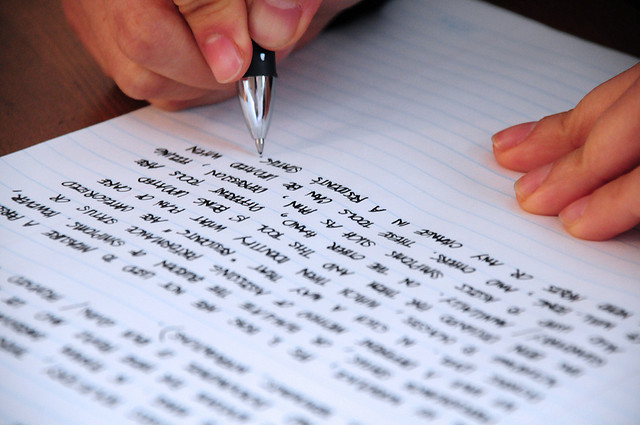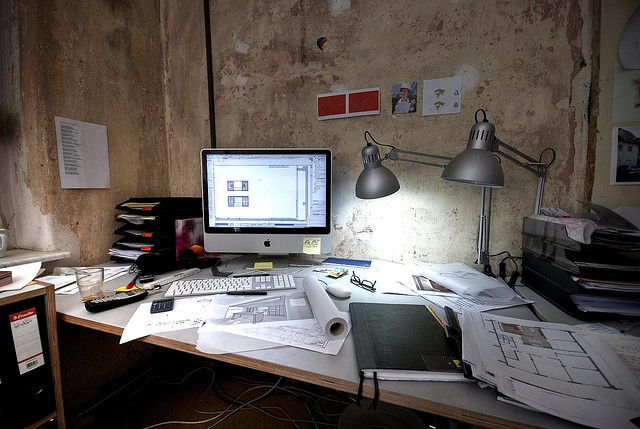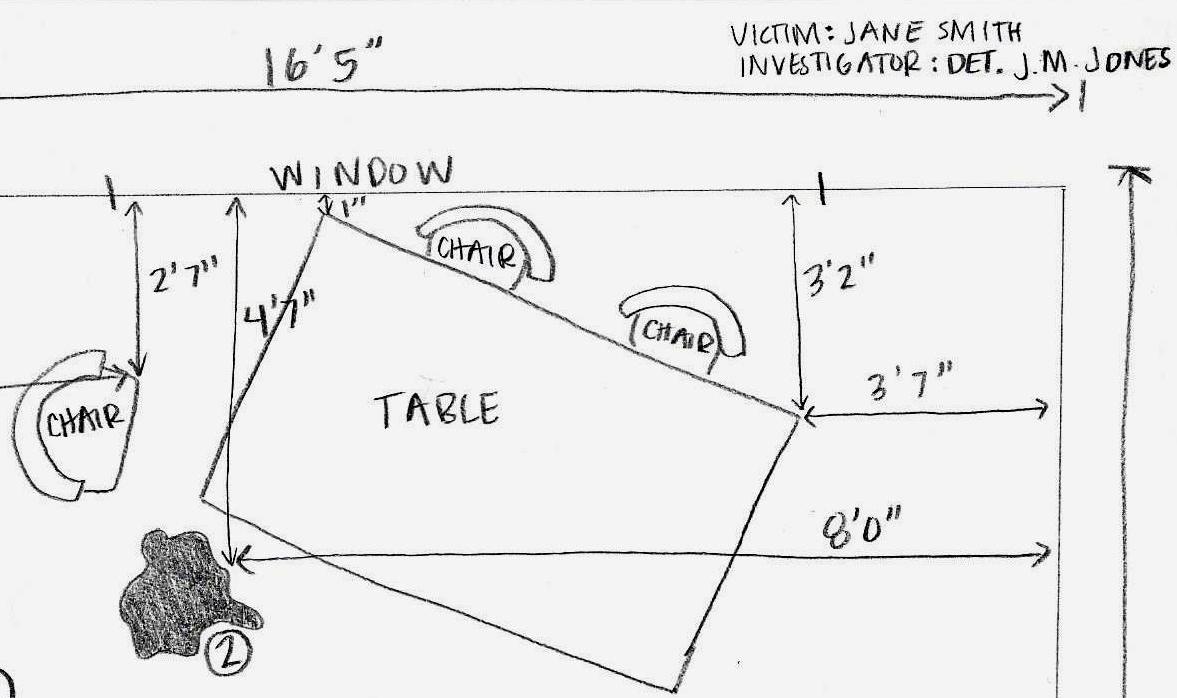READ: Documenting Evidence
| Site: | Mountain Heights Academy OER |
| Course: | Medical Forensics Q1 |
| Book: | READ: Documenting Evidence |
| Printed by: | Guest user |
| Date: | Sunday, 27 July 2025, 5:03 PM |
Taking Notes
Documenting the Scene
The entire scene is documented through notes, photos, video, and sketches before any evidence is removed. The process of documenting the scene is extremely important. If a scene is well documented it can be recreated through sketched and drawings so that the scene can be easily understood by investigators and in court. The responding officer should take notes on anything that they notice as they arrive at the scene. These should be things that are likely to change quickly such as smells, vehicles present, temperatures, etc.

Notes
Notes should also be taken about who enters the scene. The names of people entering the scene, their purpose for being there, and the times they entered and exited the scene should all be recorded. Notes should also include any general observations about the scene, the victims, any bodies, etc. They should also include any statements made by victims, witnesses, or potential suspects at the scene. Writing notes takes a considerable amount of time so investigators often use voice recorders so that they can be more efficient.

Photographs and Videos
Photographs and Videos
Photographs are also taken of the scene at three different levels: overview, mid-range, and close-ups. Overview photographs show the entire scene. These photographs should show all areas of the scene including indoor and outdoor areas, entrances and exits, and any other areas of interest. They should be taken from a distance and should help a person to be able to recreate the scene using the photographs. The purpose of the overview photographs is to show the whole scene as best as possible and to show how the evidence was positioned in the scene. It is a good idea to overlap areas in the photographs so that it can clearly be seen how the room or the outdoor area fits together.

Medium-range photographs show significant areas of the scene. These areas typically include the center of the scene where the actual crime took place. They are closer up than the overview photographs, but still show a wide area. Medium range pictures should also be taken of all pieces of evidence that have been identified. The evidence marker should be shown in the picture so that the number can be identified.

The last types of photographs taken are typically the close-ups of each piece of evidence. These pictures show the details of the evidence. They should include a scale that will help others understand the size of the evidence. The scale is like a special ruler that includes units of measurement. The scale should be placed next to the evidence, but not close enough to disturb it or alter it in any way. Close-up pictures should be taken both with and without the scale and the evidence marker.

Care should be taken to ensure that all pictures are of good quality. This means that the photographer should be familiar with the camera so that they can adjust the lighting and the lenses if needed. Both film and digital cameras are used in photographing crime scenes. There are also different techniques and filters that can be used to photograph different types of evidence such as impressions, bloodstains, and fingerprints.
Video cameras are also used to record crime scenes. The advantage of using video cameras is that the footage can give others a better sense of the layout of the scene. The investigators can also talk during the recording or record notes and add them to the footage later. Recording with a video camera sometimes does not produce images that are as clear due to the person moving with the camera, so photographs are still important.
Making Sketches
Sketches
Crime scene sketches are another important way that crime scenes are documented. A crime scene sketch helps the investigators to accurately recreate the scene. In order to complete a crime scene sketch all of the dimensions of the scene must be properly measured. The investigator will begin by making a rough draft that shows the layout of the room or outdoor scene, any furniture or outdoor features, and all of the evidence within the scene. The investigator will then measure the distance from each piece of evidence to the perimeter of the scene. They will note the distances on the drawing. Measurements are typically taken from one area of the piece of evidence to at least two sides of the scene in order to properly place the item in the scene.
Each piece of evidence in the drawing will be labeled with the same number on the evidence tag next to it in the scene. The investigator will need to include a legend on the drawing that lists which number goes with each piece of evidence.

The rough draft sketch shows all of the evidence and the general layout, but is generally not drawn to scale. The investigator will make a final drawing later that is drawn to scale. This means that the drawing will exactly represent the placement of the items in the scene. The final drawing can be done by hand, but it is more often done with the help of a computer program. Many final drawings are made with computer drafting programs that are similar to the programs used to make floor plans. This allows the investigator to make a professional looking drawing that can be easily understood in court.
Watch a video about how to make a crime scene sketch.